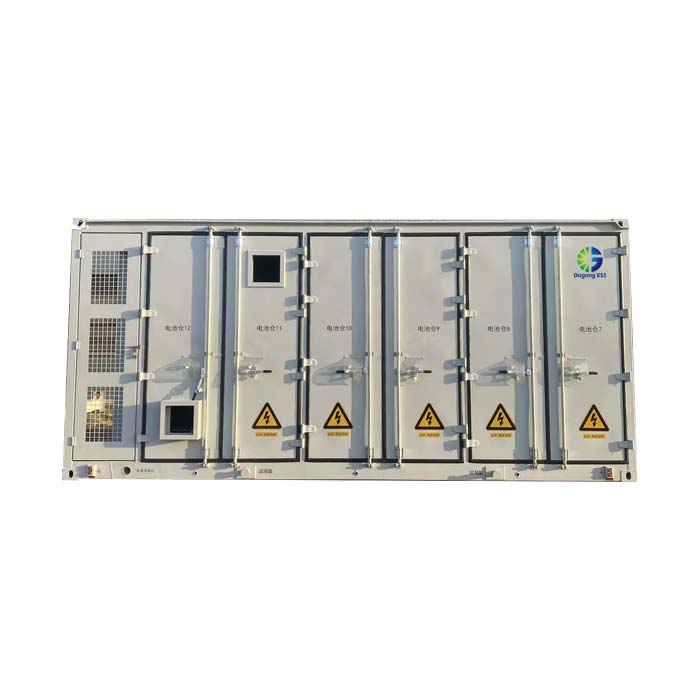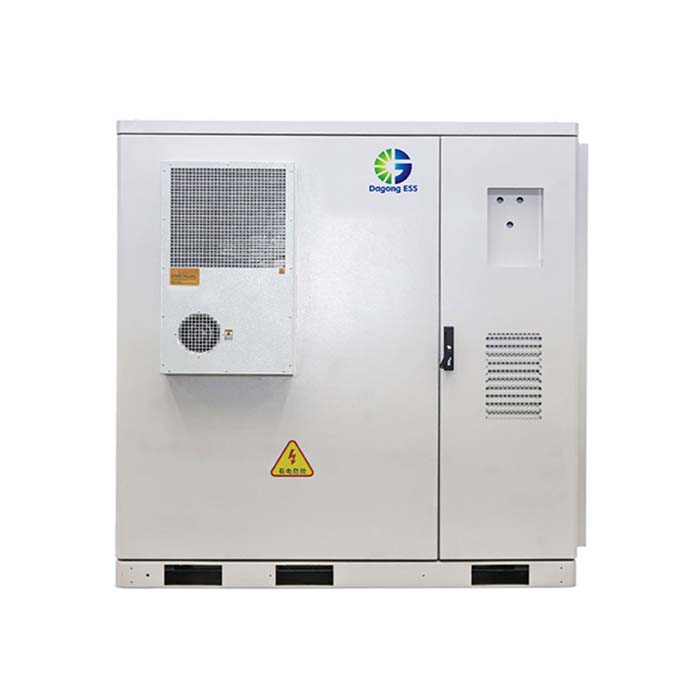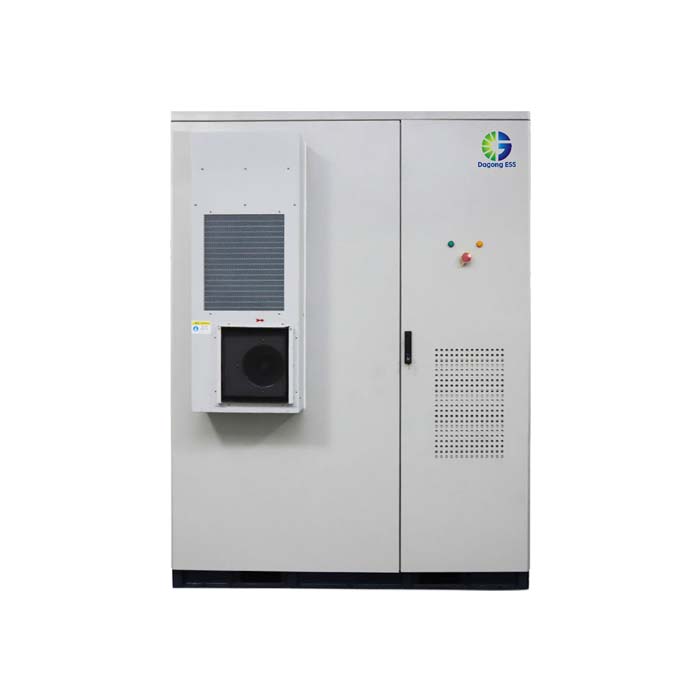How Are Battery Technologies Reshaping the Global Energy Storage Supply Chain?
What Are Energy Storage Batteries and Why Are They Influencing the Supply Chain?
Battery cells are the core of every energy storage system (ESS). As global demand for utility-scale and commercial ESS accelerates, the battery itself—not the cabinet or inverter—has become the strongest force reshaping the supply chain.
Industry data shows that supply chain diversification, reshoring of battery manufacturing, and optimization of module components (busbars, stainless-steel straps, thermal plates) are now the primary strategies adopted by major manufacturers to enhance system reliability and resilience.
Recent news highlights the same trend: tariffs, regional policies and energy-security concerns are pushing manufacturers to rebuild where and how batteries—and their sub-components—are produced. Emerging chemistries such as LFP, sodium-ion, and vanadium flow batteries are further accelerating this shift by altering material demand patterns across the global market.
Types of Battery-Driven Supply Chain Transformations
1. Reshoring and Localization of Battery Cell Production
Many countries are incentivizing local battery cell production to ensure energy-security and avoid material shortages.
This reshoring trend extends beyond cell formation: it now includes downstream components such as battery module end plates, cell connection systems (CCS), and aluminum busbars, which are essential for ESS safety and current distribution.
2. Rise of LFP and Cobalt-Free Chemistries
LFP (Lithium Iron Phosphate) is now the dominant chemistry in ESS due to its long cycle life (8000+ cycles), thermal stability, and lower cost structure.
By relying on iron and phosphorus instead of cobalt/nickel, LFP reduces exposure to high-risk mineral supply chains and enables more predictable pricing.
Dagong ESS's systems—such as the 100–144 kWh Air-Cooled ESS and 215–241 kWh Liquid-Cooled ESS—are all based on LFP architecture, supporting long-duration reliability for commercial and industrial users.
3. Development of New Battery Technologies
The supply chain is also being reshaped by emerging technologies:
Sodium-ion batteries: using abundant sodium instead of lithium
Vanadium redox flow batteries: ideal for long-duration storage
Semi-solid and solid-state batteries: offering higher safety margins
Each new chemistry shifts demand for metals, processing plants and specialized components.
4. Standardization of Module-Level Components
Manufacturers are increasingly standardizing:
lithium battery stainless-steel straps
aluminum busbars
module end plates
thermal dissipation plates
These components determine module robustness, structural stability and heat control.
Their standardization means faster assembly, smoother global logistics, and lower manufacturing risk.
Dagong New Energy's accessory line supports all mainstream battery module formats, ensuring compatibility with Dagong ESS air-cooled and liquid-cooled products.
Features of Future-Ready Battery Technologies
Modern ESS batteries must meet the following criteria to reduce supply chain vulnerabilities:
Long cycle life (8000+ cycles)
High energy efficiency (> 92%)
Thermal stability to match both air-cooled and liquid-cooled systems
Modular design for scalable rack or container integration
Compatibility with advanced safety components, including end-plates, heat dissipation plates and busbars
Material availability across multiple global markets
These features directly decide whether a battery system can be produced reliably, at scale, across multiple regions.
Applications: Where Do Battery Supply Chain Advancements Matter Most?
1. Commercial & Industrial ESS
C&I systems (100–241 kWh) require batteries with high cycle stability and robust components.
Standardized LFP modules combined with optimized busbars and thermal plates significantly reduce downtime and maintenance risk.
2. Utility-Scale Battery Farms
Large systems like 3.35 MWh and 5 MWh containers depend on:
strong structural plates
high-current busbars
precise thermal management
A stable battery module supply chain enables faster project deployment and more predictable procurement for EPC contractors.
Residential ESS
Home systems using 5–30 kWh rack batteries or stackable batteries benefit from improved safety design and longer cycle life, lowering lifetime operating cost.
Price of Battery Technologies in ESS
Battery pricing now depends on:
chemistry (LFP, sodium-ion, NMC, flow battery)
supply chain location
component standardization
cooling method (air vs liquid)
project scale
Most ESS suppliers provide customized quotations based on cell type, component selection, and manufacturing region.
How to Select the Right ESS Battery for Your Project?
Consider these factors when choosing ESS batteries or modules:
LFP vs sodium-ion vs flow battery – which chemistry suits your cycle life requirements?
Are key components (busbar, CCS, end plate) produced in stable regions?
Does the supplier support both air-cooled and liquid-cooled battery modules?
What is the cycle life and thermal performance?
How diversified is the supplier’s materials sourcing?
Dagong ESS integrates high-life LFP cells with standardized module accessories, enabling stable production and project delivery across global markets.
How Long Do Modern ESS Batteries Last?
High-quality LFP batteries combined with optimized module components can reliably achieve:
>8000 cycles
15+ years of service life
Supply-chain-friendly components also ensure easier module replacement and long-term serviceability.
The Supplier of Advanced Battery-Based ESS Solutions
Leading ESS suppliers today must excel not only in battery selection, but also in module-level engineering.
Dagong ESS provides complete solutions—from home ESS to 5 MWh containers—built on long-life LFP cells, optimized thermal components, and globally flexible manufacturing capacity.
If you are interested in battery-driven ESS solutions, please contact Dagong ESS
Email: sales@dagongess.com








